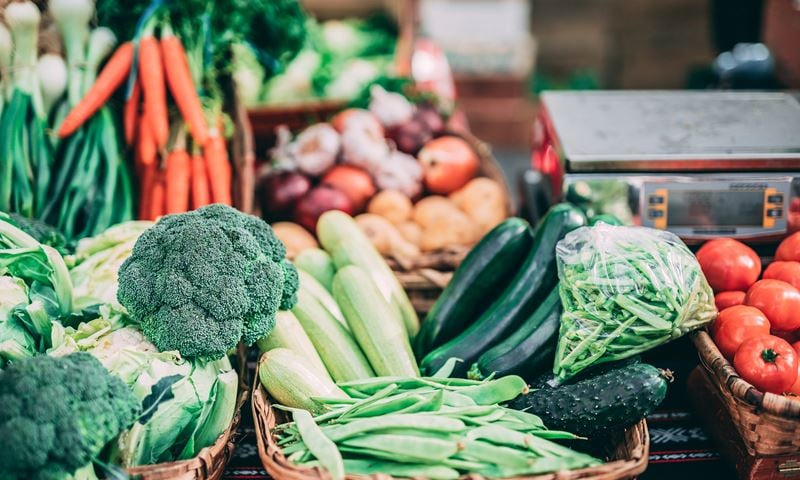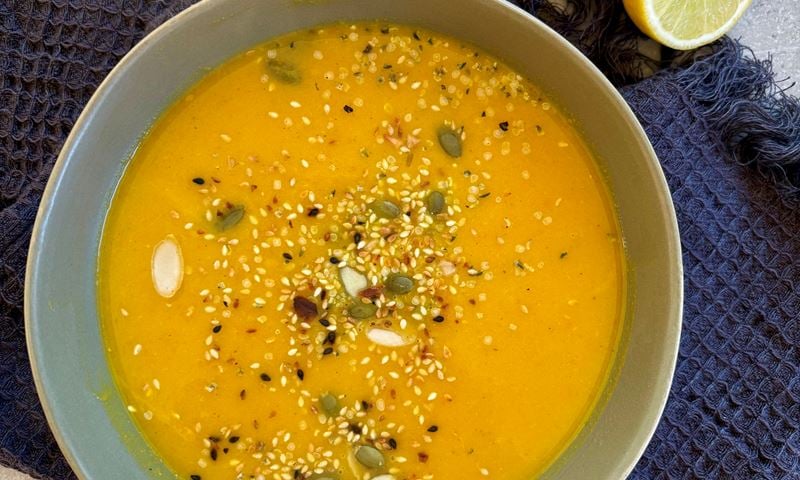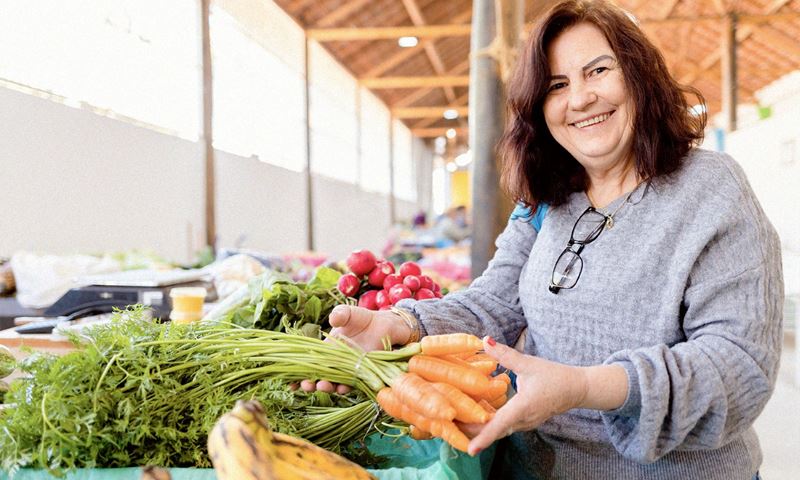Australia's Health 2018 report found more than 99 per cent of children and 96 per cent of adults don’t eat the recommended intake of five serves of vegetables a day.
We do know that we need to eat more vegetables, but how do we get more in our day?
Vegetables are packed full of important vitamins and minerals, disease-fighting antioxidants and fibre that our gut microbiome love. Eating more vegetables and fruit has been associated with reduced risk of cardiovascular disease, cancer, and an increase in life expectancy.
Seven ways to get more veg into your day:
1. Start with breakfast
Adding just one serve of vegetables at breakfast is 20 per cent of your daily intake right there!
Try these brekkie ideas to start the day right:
- Omelettes are great to add any vegetables you please to. A good combination is chopped spinach, tomatoes, parsley and mushrooms
- If you need something that’s grab and go, try these spiced breakfast muffins that contain sweet potato
- If you’re having poached eggs, try a side of sauerkraut (great for our gut microbiota), grilled tomato, wilted spinach or mushrooms
- Homemade baked beans are a really filling veggie dish
2. Reach for vegetables as snacks
Making just one of your daily snacks a veggie-based option will help you lock in yet another serve. Try some of these tasty combos:
- Sticks of carrot, celery, capsicum and sugar snap peas are great with dip (bonus points for veggie dip, like hummus or beetroot)
- Avocado and tomato on grainy crackers
- Add a handful of spinach and some chopped cucumber to a smoothie – these are both neutral in taste so you won’t even notice them
3. Add extra to dinner
Ideally at least half your plate should be vegetables. You can also add vegetables to other dinner dishes such as spinach and mushrooms to bolognese sauce, add some steamed cauliflower to potato mash, or a tin of chickpeas to slow cooked meals or soup.
4. Be ahead of the game
When you buy your weekly vegetables, cut them up into pieces before you store in the fridge, so they are ready to cook. This will reduce preparation time at night.
Another idea is to roughly chop vegetables such as pumpkin, carrot, beetroot, zucchini, sweet potato, garlic and red onion – drizzle with olive oil and sprinkle with salt and rosemary. Roast in the oven until cooked – this is perfect to have on hand for lunches or dinner during the week. These can be stored in an airtight container in the fridge for up to five days.
5. Stock up
Make sure you have some canned veggies in your cupboard such as tomatoes, chickpeas, lentils and beetroot. This way you will always have something on hand. Check the label to ensure the products are low in sodium; aim for no more that 120mg sodium per 100g
6. Switch up lunch
Choose a lunch that consists of at least half vegetables/salad wherever possible, combined with some low GI carbohydrates (such as quinoa, brown rice and chickpeas) and some lean protein (chicken, fish, lentils, lamb) for long-lasting energy through the afternoon.
Vegetable based leftovers from dinner are a great option to have for lunch such as soups, salads or stir fries.
7. Order extra
Have you ever noticed when you go out for a meal, it’s generally light on the vegetables or salad? Next time you go for a meal, order an extra side of vegetables or salad to help meet your daily dose of veg.
Feeling inspired? Check out our yummy healthy recipes.
If you’d like more help keeping track of your vegetable intake, you might like to try the free Veg-Eze app to track your servings.



